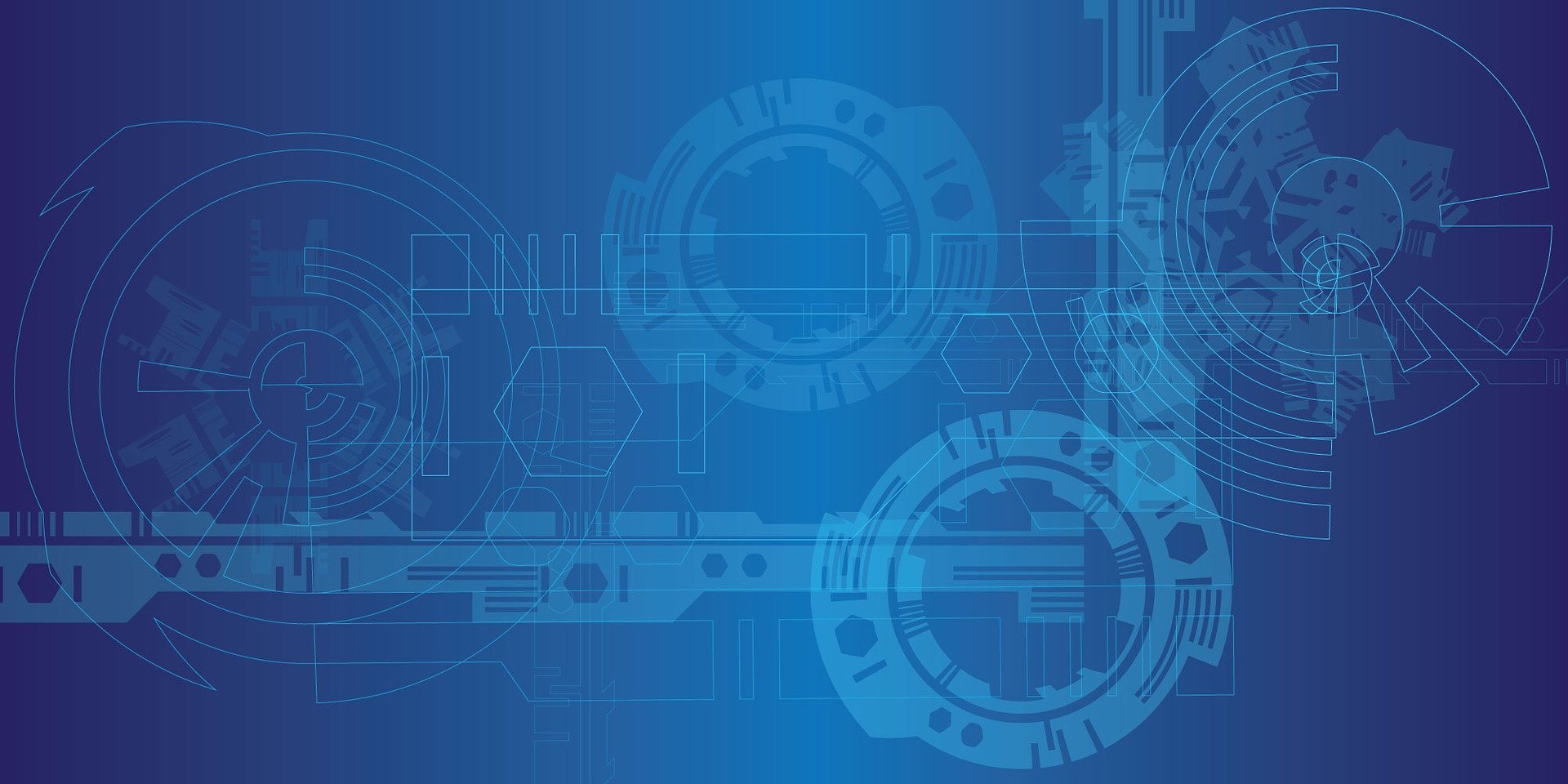
The popularity of electronics keeps growing, pushed by various factors, such as the increasing use of electronic devices in everyday life, shorter production cycles, and technological developments in multiple industries—including consumer, industrial, and automotive electronics.
The demand for electronics is expected to grow in the coming years. Manufacturers are under more pressure than ever before due to increased competitiveness brought on by the digitalization of the electronics component distribution network.
Companies must take advantage of every chance of becoming leaner and more productive to stay up with the competition in this increasingly competitive industry. Electronics manufacturing businesses must simplify their operations, keep costs under control, and operate more effectively to keep up with rising demand and competitiveness.
This article will discuss how technology keeps on changing and how these advancements affect the electronics industry.
Changes Brought By Modern Technology
The development of the microelectronics technology industry reflects the constant effect and change brought about by technology.
In product manufacturing, the most significant changes are a greater level of product integration, enhanced dependability, improved product performance, a rise in the number of goods created, and a reduction in device manufacturing costs.
The desire for low-cost items with excellent performance attributes drives the development of new products. The development of microelectronic technology has made it feasible to produce a wide range of devices.
Utilizing Tech For Simplified Process
Often, the most effective response to a change in the business environment is a transformation in the internal procedures of your business.
You can use a wide range of technological solutions to simplify operations, particularly automating recurring procedures in the purchase order and request for quotation (RFQ) processes.
This automation leads to increased performance, quicker manufacturing, completed production cycles, lessened mistakes, and effectively managing staff time and resources.
One of the significant factors that helps streamline the manufacturing process is push-on connectors.
Push-on connectors are a revolutionary type of connector that allows you to strip the wire of as little insulation as possible before putting it into one of the connector’s openings. The wire is securely secured into position once it is in place.
You can remove and put back the wire using the release mechanism if required.
Internet of Things Tech and Home Appliances
Manufacturers of household appliances combine their products with Internet of Things technologies to make their clients’ lives more pleasant and easy. Physical products and gadgets that have been combined with sensors and software to facilitate communication with one another and gather data are known as the Internet of Things technology.
Wireless networking, microservers, Bluetooth Low Energy, and micro-electromechanical devices are just a few technologies that allow smart household products.
Emergence of Artificial Intelligence
As IoT keeps growing machine and device connections, it also provides the opportunity for artificial intelligence (AI) to keep developing. Therefore changing the ways machines interact and perform their functions. AI enables robots to respond and “learn” from various scenarios.
Amazon, for example, uses artificial intelligence to enhance the performance of its robot fulfillment system in its operations.
Some industrial businesses are already utilizing the computational power of artificial intelligence to optimize production plans and increase the processing capacity of their equipment.
Expected Growth of Smart TV
According to Grand View Research, Inc., the worldwide smart TV market demand is predicted to reach 1.18 billion units by 2028, with a CAGR of 20.8% from 2021 to 2028.
Growing customer demand for built-in innovative features in personal gadgets and increased internet penetration drive smart TVs. The market for smart TVs will continue to grow in the coming years. Smart TV blends the functions of a computer and standard television.
Streaming platforms such as Netflix and Amazon Prime Video are made available to smart TV customers directly through their televisions.
Virtual Reality For Easy Manufacturing
Electronic manufacturing companies are implementing virtual reality technologies to increase the efficiency of their manufacturing processes. Digital design, modeling, and integration are terms companies use to describe this technology in electronic manufacturing.
Using virtual reality technology, businesses can check design components at all imaginable scales. Which allows them to identify and eliminate product faults during the design phase.
According to virtual reality research, 70% of professionals anticipate that more businesses will utilize virtual reality. This is also true when hiring and training employees using virtual reality.
Overall Thoughts
We have a long way to go before knowing how studies on future industries will carry out in detail. However, we can be pretty confident that technologies will assist companies to be successful in their operations.
The only question is how they will employ technology and in what ways it will manifest itself. Working in the broad area of technology that is being enhanced by digital tools—the outcomes are sure to be exciting.
What do you think of these changes and innovations? Let me know in the comments below.

